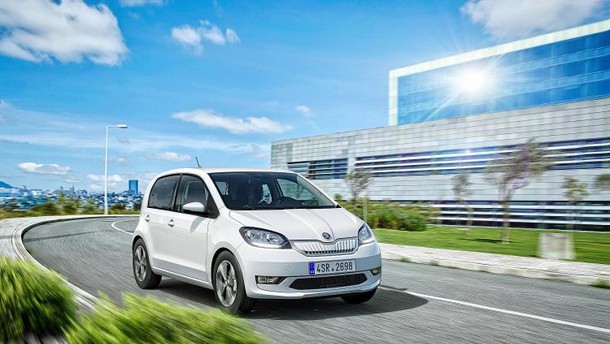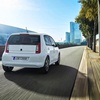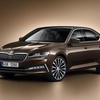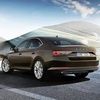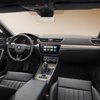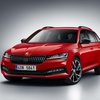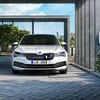
Superb and Citigo represent the lower and the highest end in the range of cars of the Czech brand Škoda, and the just mentioned models were the main star yesterday's events, which the company prepared in the Slovak capital of Bratislava. There are indeed predicted the premiere saw the updated Superb, which will be the first time available with hybrid drive train, and the Citigo-e iV, the first Škoda car, equipped with electric power train.
At the same time, it should be noted that so far, Škoda has not even offered a hybrid drive train, so this type of power train in the Superb will also be a complete innovation in the brand offer. More specifically, the Škoda will put under the engine cover the 1.4-liter turbocharged petrol engine with an output of 156 'horses' or 115 kilowatts; the total system power set will be amounted to 160 kilowatts or 218 'horses'. But perhaps even more important information is that of autonomy. Škoda claims that, thanks to the battery pack with a capacity of 13 kilowatt hours, the car will be able to run on electricity up to 55 kilometres. The range of the vehicle should be 850 kilometres apart (despite only a 50 litre fuel tank).
The second novelty at the brand with the chicken on the hood of the engine that came up Bratislava was the electric Citigo iV. At first sight, this differs only slightly from classic Citigo, and the careful eye will only notice as a major change the colour of the vehicle the colour of the mask under which the motor radiator is hidden in classic application. It alsi differs from classical Citigo, with new CITIGOe badge and the digitised dashboard .
The essence of the new car is, of course, hidden in the eyes, and that's the electric drive. 61 kilowatts of power will thus be provided by the car, and its power will be supplied by a drive train with a capacity of 36,8 kilowatt hours. Quite a small set should provide up to 265 kilometres of autonomy, up to 80 percent and is expected to be charged in one hour, of course if you have access to a charger with direct current and with a power output of 40 kilowatts, which is maximum power of charging.
